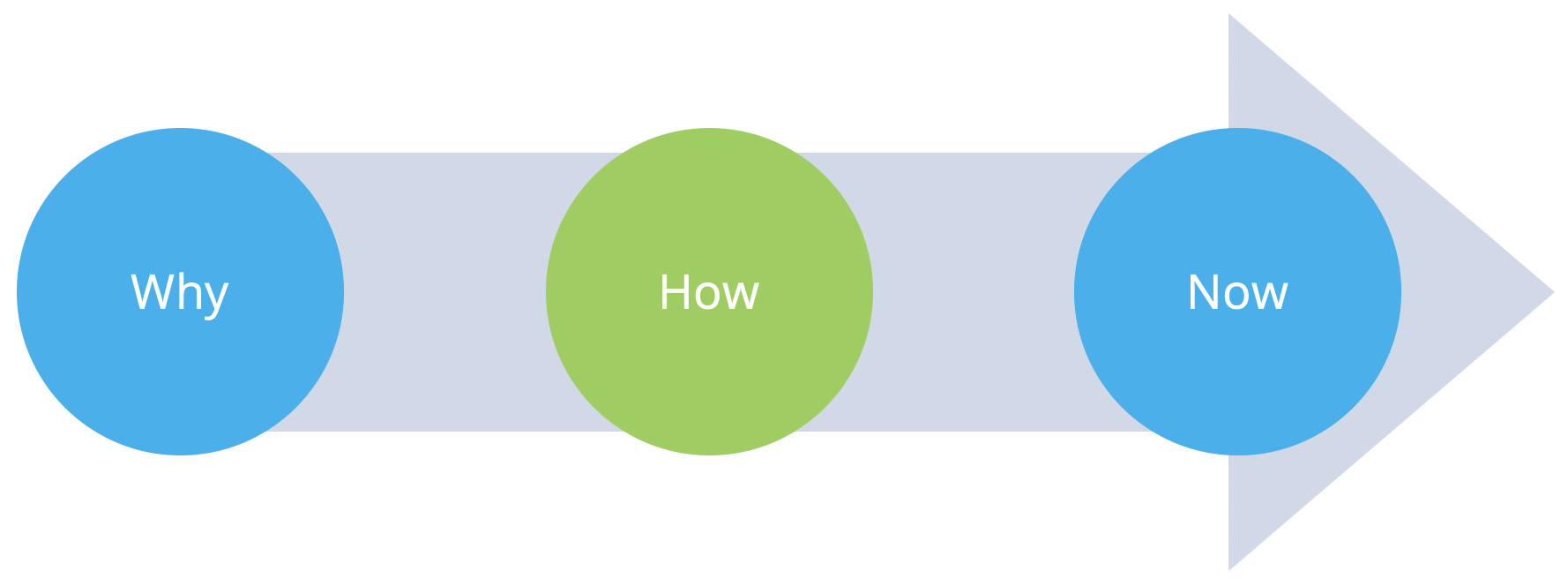Let's say you recently deployed a new, shiny technology: a cloud migration, a hyperconverged infrastructure, a software-defined network. It's been a few months - how do you know you're realizing the benefits you were expecting? A Technology Health Check is a proven, three-stage process to validate your deployment, and "tune up" any deficiencies.

STAGE 1: WHY
Why did you choose to deploy this technology in the first place? Ideally, you'll have design document that list business cases, use cases, goals, etc. Your design documents might even have KPI's (Key Performance Indicators) with quantifiable metrics. Review your documents, especially in light of current business conditions. Are the cases, goals, or indicators still valid? If so, use them to compare your technology's performance. If not, take an hour or two and write some new ones.
Consider your experience with the new technology. Is it performing as you expected? Have you discovered shortcomings in performance or capabilities? Are there features that you just can't figure out how to confidently enable? And perhaps the worst case: is the technology stuck in the lab or proof-of-concept stage, without the broader deployment that would truly realize its business value?
And don't just look at this from the technology owners' perspectives. Put yourself in the place of your users - customers, internal lines of business, etc. Are they getting the quantitative, and qualitative, benefits they should?
STAGE 2: HOW
How is the technology supposed to deliver to your requirements? Does it have capabilities you're unfamiliar with? Are there features you don't have the skills or experience to deploy? Has there been turnover in the team responsible for managing the technology?
Every technology vendor provides a wealth of new feature awareness training, otherwise known as "technical marketing". For example, Cisco Live is an annual trade show, with hundreds of sessions showcasing the latest features on a huge variety of technologies. Other vendors offer similar events, (virtually in 2020), and all the sessions are usually available online for free. Events and sites like these are invaluable for learning just what your technology is capable of. Some sessions even go fairly deep into configuration and deployment.
But what if you need more structured skills-building? Perhaps you want to question an expert, or practice on a stand-alone, pre-configured test environment? Then you'll want to talk to a training company who can provide either public seats for one or two engineers, or a private session customized to your particular needs. You'll want to talk to a company that's certified by the technology vendor of course, but who also meets these criteria:
- Does, as well as teaches, so the company has hands-on field experience
- Customizes training easily to provide just what you need, just when you need it
STAGE 3: NOW
Now what? Now you know where the technology is, or is not, meeting your needs. Now you know what features, technologies, or skills are required. And now you plan to make those changes to optimize your deployment. You leverage your research, your training, and/or your consultant to identify the best practices you should deploy. You design the changes to best meet your documented business needs (see Stage 1). You plan the deployment to ensure consistent uptime and optimized performance.
And when you execute on the plan, you'll have a system that better meets the needs you bought it for. You'll be getting your money's worth.
You can do this yourself or hire a consulting firm like BTA. BTA is focused on delivering Business outcomes through appropriate Technology and Architecture decisions. We've built tools & processes to efficiently deliver Technology Health Checks as fixed-price, fixed-duration, hard-hitting engagements.
- Why - BTA's architects use proven workshop techniques to quickly document the business rationale, goals, and issues for any technological deployment.
- How - BTA has delivered thousands of hours of technical training, and utilizes a unique Modular Advanced Technique to deliver specific modules on specific topics, vs marathon 5-day general sessions. And BTA's instructors still work on field deployments, as well as teaching their classes, to keep their skills sharp.
- Now - BTA's automated tools will quickly document your environment and highlight configurations to examine. BTA's architects have the experience of hundreds of advanced technology deployments, as well as the customer business experience, that enables them to recommend the right best practice changes and configurations that will deliver the business value you need.
For more information on BTA's Technology Health Checks, click here.
A Technology* Health Check is a best practice recommendation that will show you where your technology is, or is not, meeting your business needs. The process will help you document the challenges and solutions, and permit you to truly get your transformational money's worth.
-------------------------------------------
*btw, these stages can be applied to just about any major change, not just a new technology, Consider using Health Checks for such changes as restructurings, HR policy changes, or other business decision.

.png?width=225&height=90&name=Logos%20BTA%20(500%20x%20200%20px).png)



